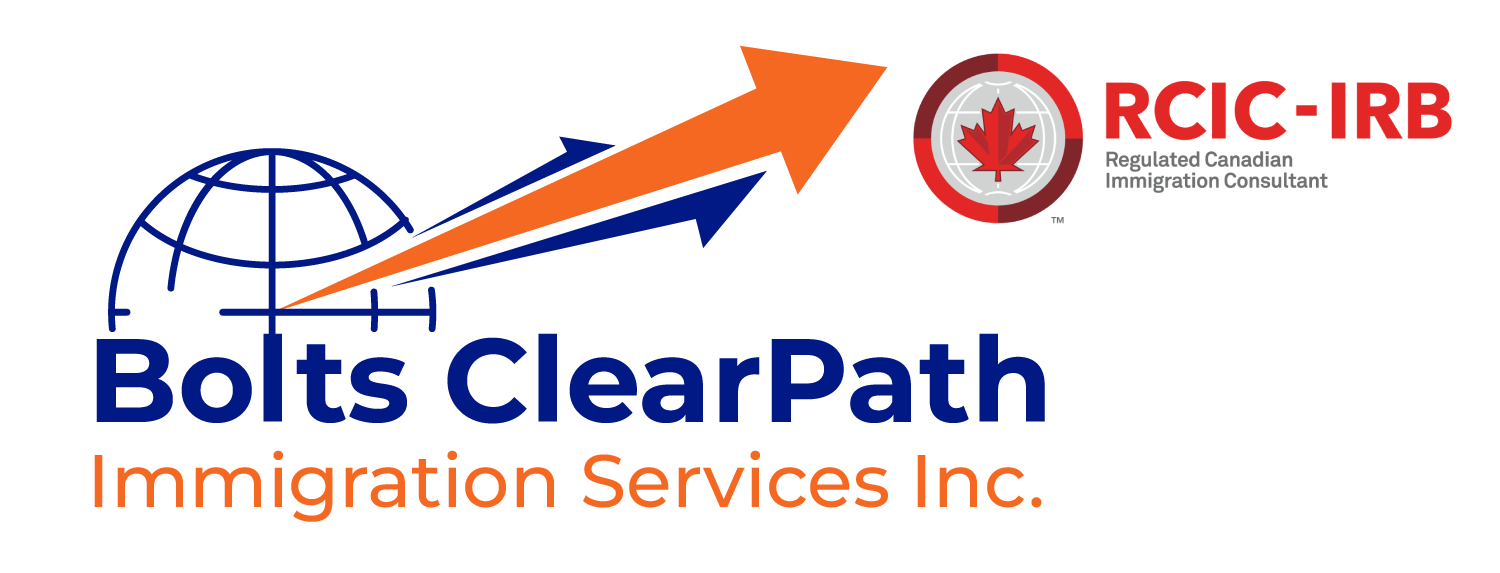Receiving a rejection for your immigration application can be disheartening, but it doesn’t have to be the end of your journey. Whether it’s a visa, work permit, study permit, or permanent residency application, understanding the reasons for the rejection and taking corrective steps can help you move forward. With expert guidance, you can address the issues and reapply with confidence.
Why Applications Are Rejected
Immigration applications are rejected for various reasons, including:
- Incomplete Documentation: Missing or incorrect information in your application.
- Inadmissibility: Medical issues, criminal records, or misrepresentation.
- Failure to Meet Eligibility Criteria: Not meeting program-specific requirements.
- Financial Insufficiency: Inadequate proof of funds to support your stay in Canada.
- Errors in Submission: Mistakes in forms, missing signatures, or unsupported claims.
Steps to Address a Rejected Application
1. Understand the Reasons for Rejection
- Carefully review the refusal letter provided by Immigration, Refugees, and Citizenship Canada (IRCC).
- Identify the specific reasons why your application was rejected.
2. Seek Professional Guidance
- Consult with an immigration expert to assess your case and determine the best course of action.
3. Gather Additional Evidence
- Address the issues raised in the rejection by collecting additional supporting documents or clarifying discrepancies.
4. Reapply or Appeal
Depending on the situation, you may:
- Reapply with a stronger application addressing the previous shortcomings.
- File an appeal if you believe the decision was unjust or based on an error.
5. Explore Alternative Pathways
- If reapplying or appealing isn’t feasible, consider other immigration programs that align with your qualifications and goals.
Options After a Rejection
- Reapply
Correct the issues identified in your refusal letter and submit a new application. For example:- Provide missing documents.
- Strengthen your proof of funds.
- Correct errors in forms or details.
- Request Reconsideration
If you believe the rejection was due to an error by the immigration officer, you can request a reconsideration of your application. - Appeal the Decision
- Appeals are typically filed with the Immigration Appeal Division (IAD) of the Immigration and Refugee Board (IRB).
- This option is available for specific programs like sponsorships and residency obligations.
- Judicial Review
If the rejection involves legal or procedural errors, you can request a judicial review in Federal Court.
How We Assist with Rejected Applications
1. Comprehensive Case Review
- Analyze your refusal letter and identify the key reasons for rejection.
- Evaluate your application for errors, omissions, or weak points.
2. Document Preparation
- Help you gather additional or missing documents, including:
- Financial proof.
- Letters of support.
- Evidence of ties to your home country.
3. Strong Reapplication Strategy
- Strengthen your case for reapplication by addressing all issues raised in the initial refusal.
4. Appeals and Representation
- Represent you during appeals or reconsideration processes to ensure your case is presented effectively.
5. Explore Alternatives
- Assess your qualifications for other immigration pathways and guide you toward programs with higher chances of success.
Why Choose Us?
- Expert Knowledge: Stay informed about the latest immigration policies and procedures.
- Proven Track Record: Successfully helped numerous clients overcome application rejections.
- Personalized Support: Tailored advice based on your unique situation and goals.
- End-to-End Guidance: From understanding the rejection to reapplication or appeals, we’re with you every step of the way.
Common Mistakes That Lead to Rejections
- Submitting outdated forms or incorrect information.
- Failing to meet eligibility criteria, such as minimum language scores or financial requirements.
- Overlooking required documentation or providing incomplete evidence.
- Misrepresenting facts or failing to disclose important details.
Avoid these pitfalls by working with experienced professionals who understand the nuances of immigration applications.
A rejected immigration application doesn’t have to end your dream of living, studying, or working in Canada. With proper guidance, you can address the reasons for rejection and submit a stronger, well-prepared application. Whether you need help reapplying, appealing, or exploring alternative options, we’re here to support you.
Need assistance with a rejected application? Contact us today for expert advice and solutions tailored to your situation.


